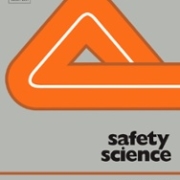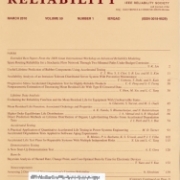Research paper accepted by Safety Science
In this paper, we apply a set of data-mining and sequential deep learning techniques to accident investigation reports published by the National Transportation Safety Board (NTSB) in support of the prognosis of adverse events. Our focus is on learning with text data that describes the sequences of events. NTSB creates post-hoc investigation reports which contain raw text narratives of their investigation and their corresponding concise event sequences. Classification models are developed for passenger air carriers, that take either an observed sequence of events or the corresponding raw text narrative as input and make predictions regarding whether an accident or an incident is the likely outcome, whether the aircraft would be damaged or not and whether any fatalities are likely or not. The classification models are developed using Word Embedding and the Long Short-term Memory (LSTM) neural network. The proposed methodology is implemented in two steps: (i) transform the NTSB data extracts into labeled dataset for building supervised machine learning models; and (ii) develop deep learning (DL) models for performing prognosis of adverse events like accidents, aircraft damage or fatalities. We also develop a prototype for an interactive query interface for end-users to test various scenarios including complete or partial event sequences or narratives and get predictions regarding the adverse events. The development of sequential deep learning models facilitates safety professionals in auditing, reviewing, and analyzing accident investigation reports, performing what-if scenario analyses to quantify the contributions of various hazardous events to the occurrence of aviation accidents/incidents.








